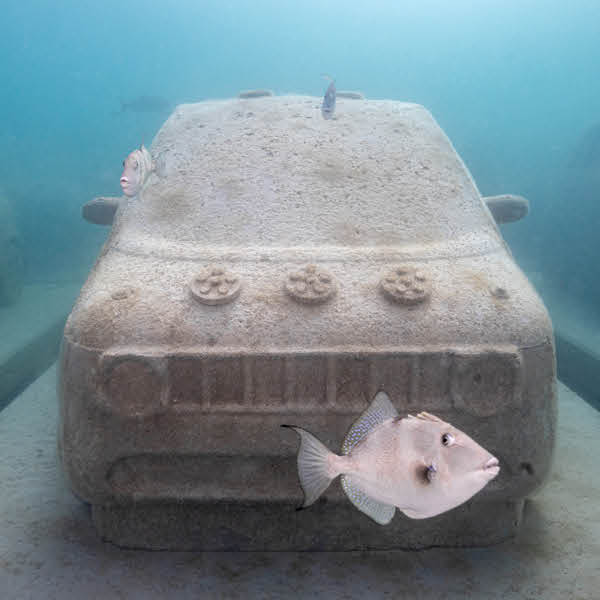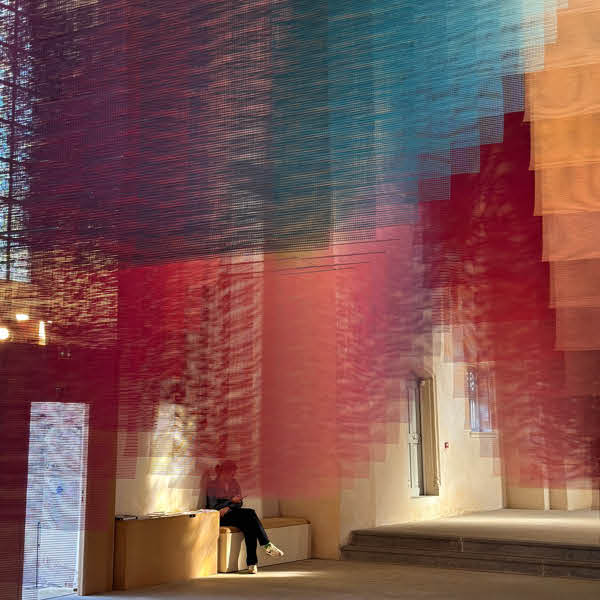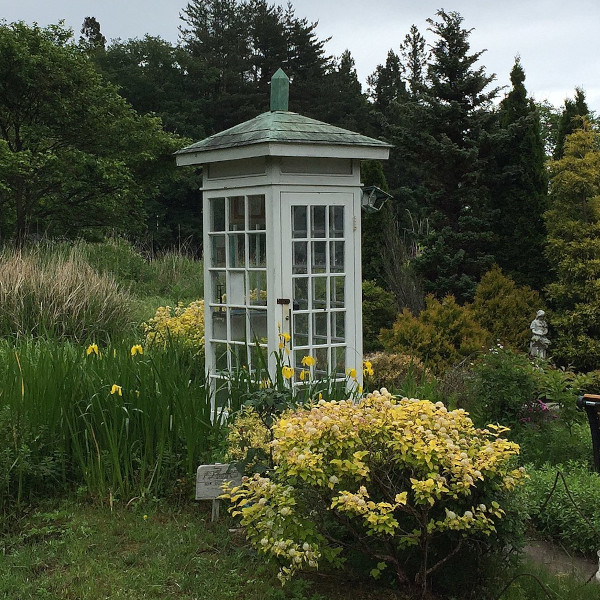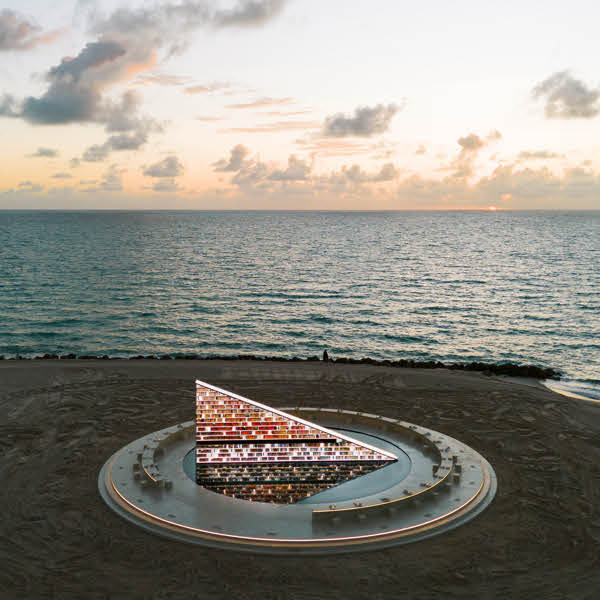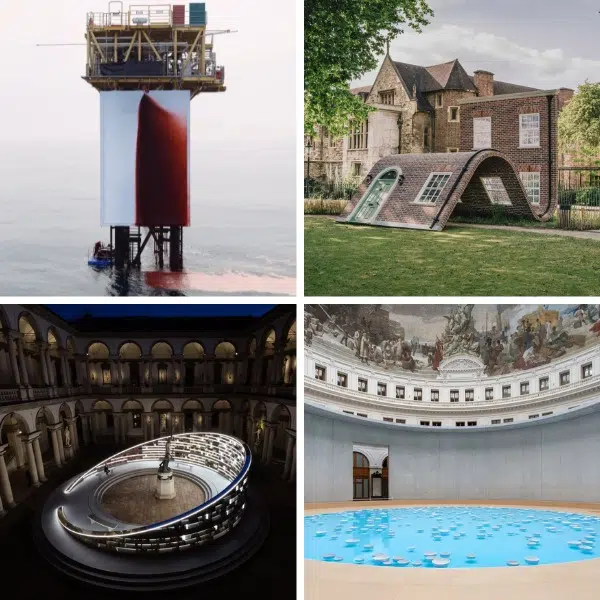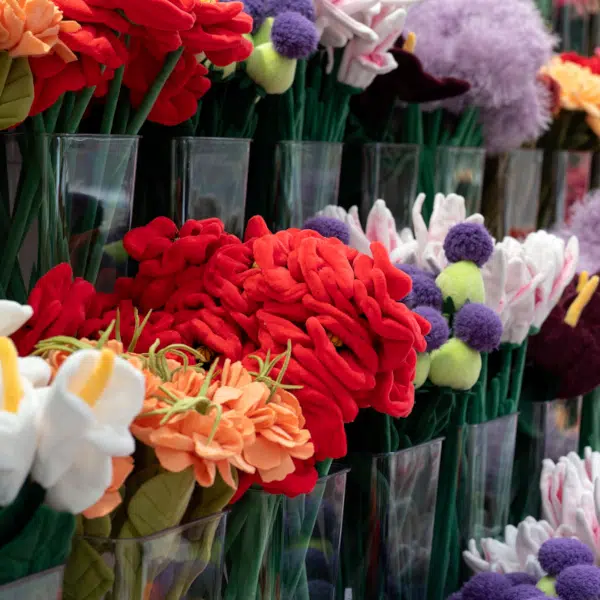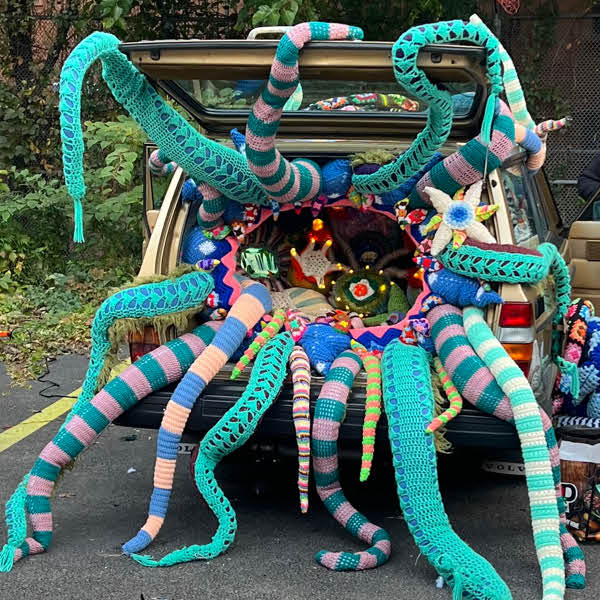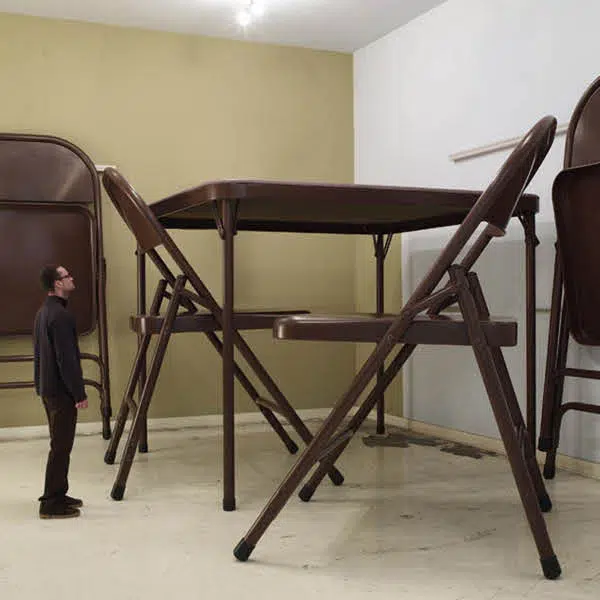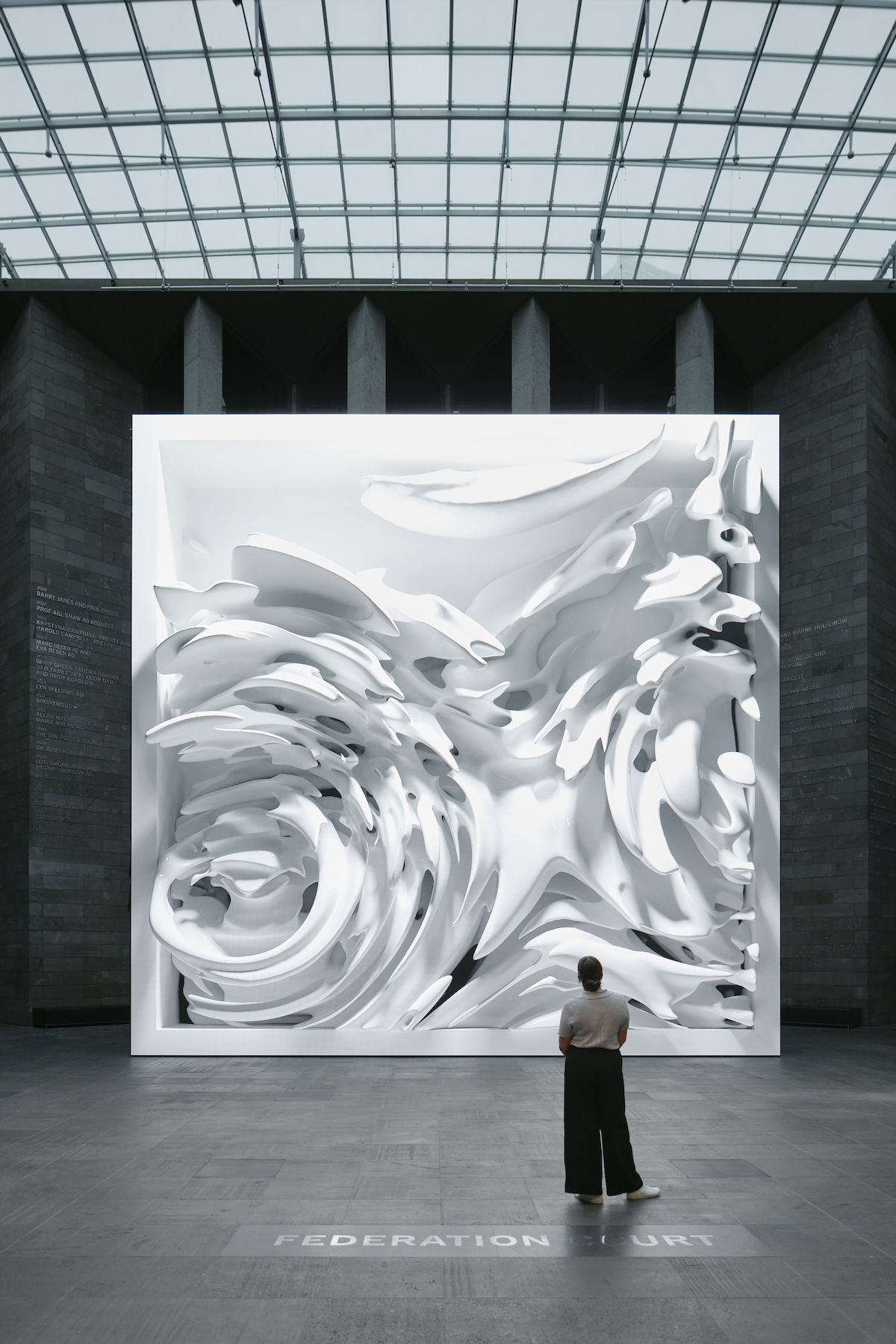
“Quantum Memories” by Refik Anadol (Photo: Tom Ross)
Digital artist Refik Anadol is known for his dynamic installations that leave viewers in awe and his latest installation created for the 2020 NGV Triennial, titled Quantum Memories, is no exception. For this project, he uses an algorithm to interpret over 200 million images of nature to create incredible swirling videos that are mesmerizing to watch.
“I cannot remember five million beautiful photos of floral systems, but AI is a collaborator in this context,” Anadol explains to My Modern Met. “AI is letting me paint with a thinking brush. AI, at the moment in my practice, is used as frozen reality, a frozen consciousness. It’s not like the human ability to reconstruct reality based on past and future memories—it’s a very linear experience which is annoying sometimes. But, in general, it is practicing something that’s still very profound and already beyond the limitation of my cognitive skills. Letting a machine reconstruct a reality for a certain case by using X number of images of a certain location or concept is still a very powerful narrative in our practice because it doesn’t finish there for me.”
Anadol goes on to explain that the way others experience the results of the machine is another design challenge: “When the data comes out of the mind of a machine, a whole other process starts—using architecture as a canvas, transforming walls into a canvas, transforming the data into a 3D data sculpture, 3D printing a large amount of information into physical environments. The narrative starts right after the machine finds out and it’s just a whole new journey right after that. So it’s a symbiotic relationship that is not just one way around. It’s a lot of interactive thinking that goes on behind the scenes before the artwork becomes available.”
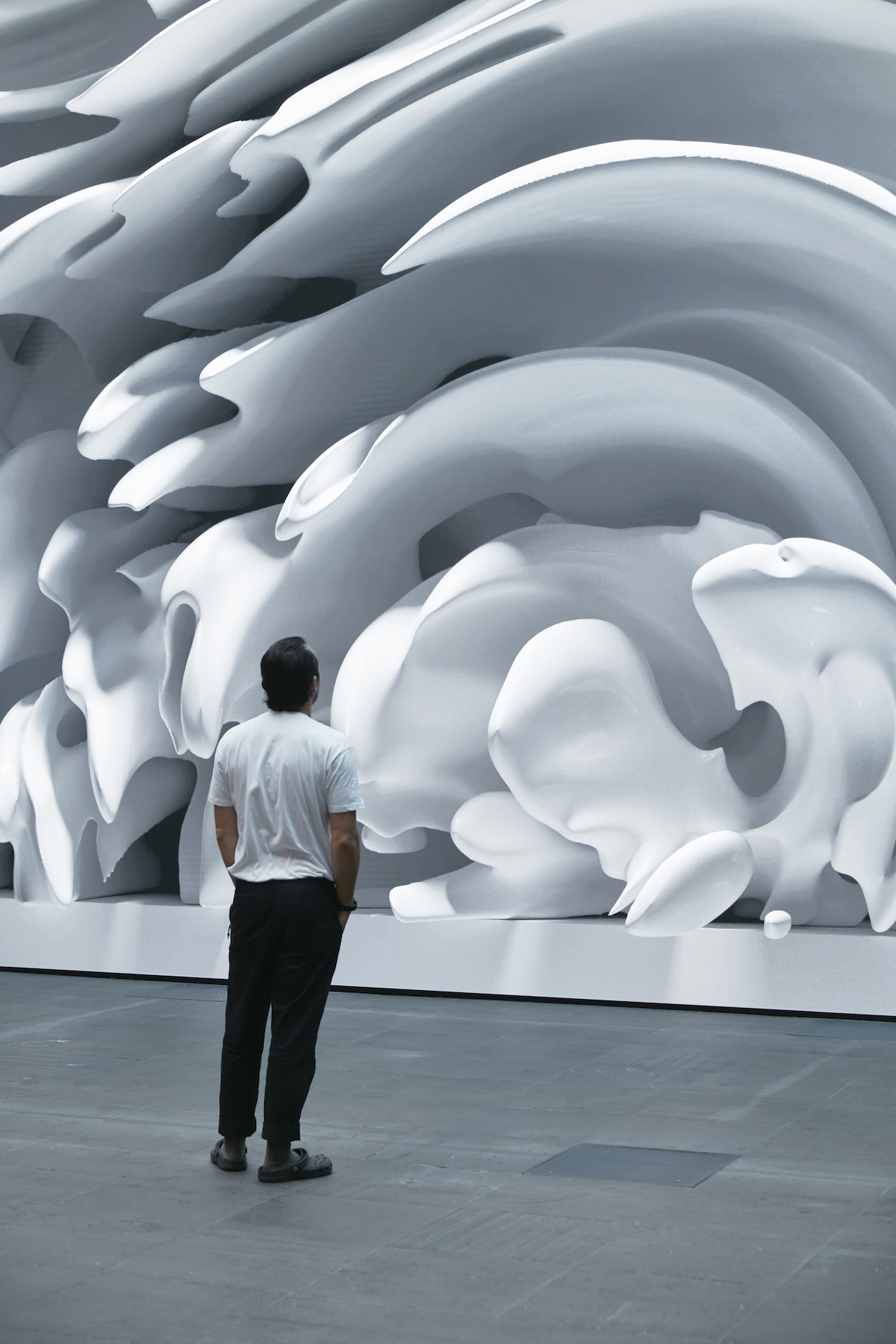
“Quantum Memories” by Refik Anadol (Photo: Tom Ross)
If you are as mesmerized as we are with Anadol’s incredible work. Rest assured that there is plenty more to look forward to. The artist and his team is working on the Venice Biennale of Architecture and a few other interesting projects. “We are epically pushing one of the most cutting-edge algorithms with neuroscience,” he shares. “While we are very happy with that, we are also working with wonderful researchers from Harvard University to really visualize the complex inner structures, the microcosmos of human cells. We are also collaborating with NASA/JPL to visualize 60 years of their photographic archives. And, finally, maybe the most important thing, is that we have many environmentally aware projects coming up using data in a much more purposeful and impactful way for humanity, such as our piece for the SoCal campus of CARB (California Air Resources Board) in Riverside, CA.”
You can keep up to date with these projects and more through Anadol’s website.
Digital artist Refik Anadol uses machine learning to create incredible dynamic works including Quantum Memories for the NGV Triennial.

“Quantum Memories” by Refik Anadol (Photo: Tom Ross)
Quantum Memories uses an algorithm to interpret over 200 million images of nature to create incredible swirling videos that are mesmerizing to watch.
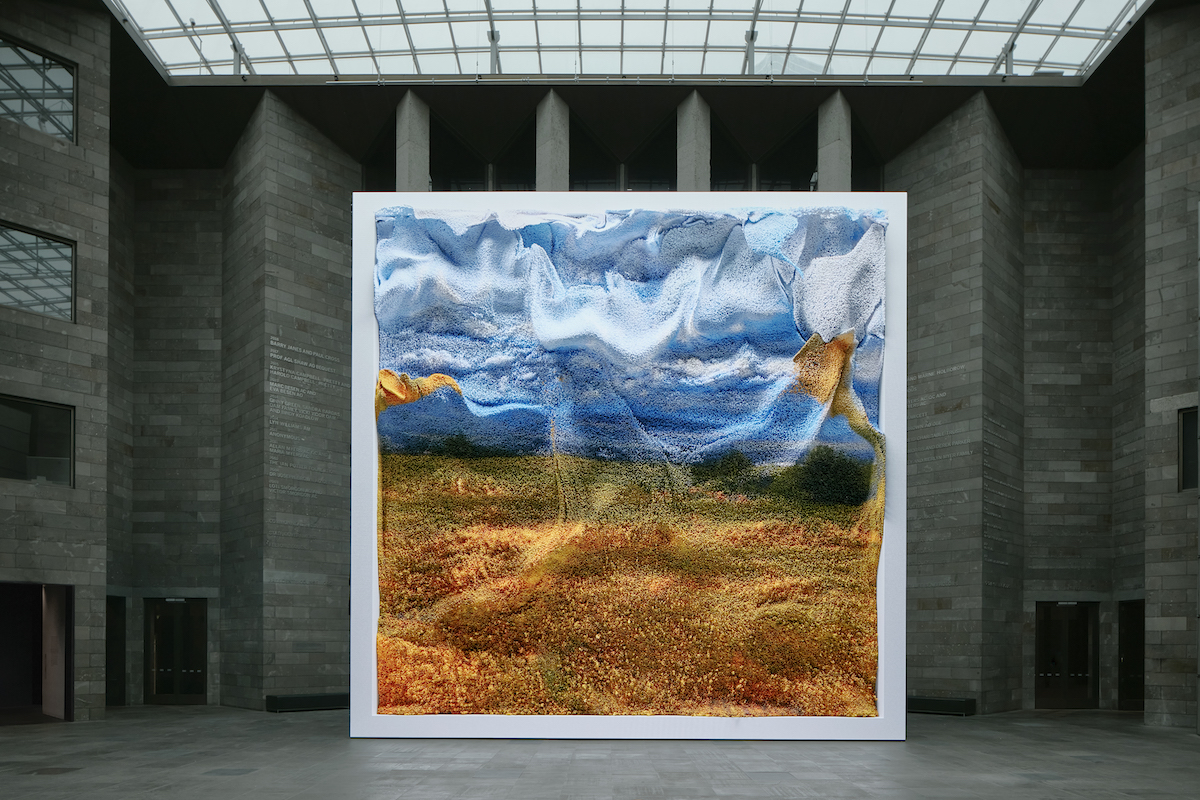
“Quantum Memories” by Refik Anadol (Photo: Tom Ross)

“Quantum Memories” by Refik Anadol
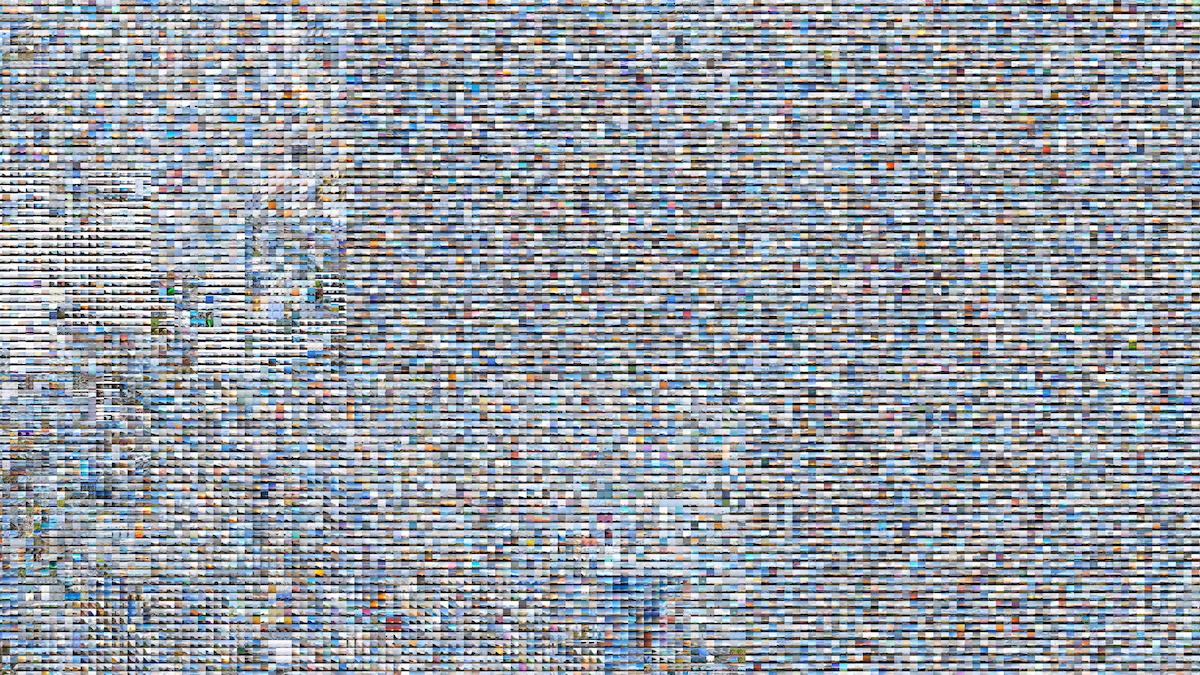
“Quantum Memories” by Refik Anadol
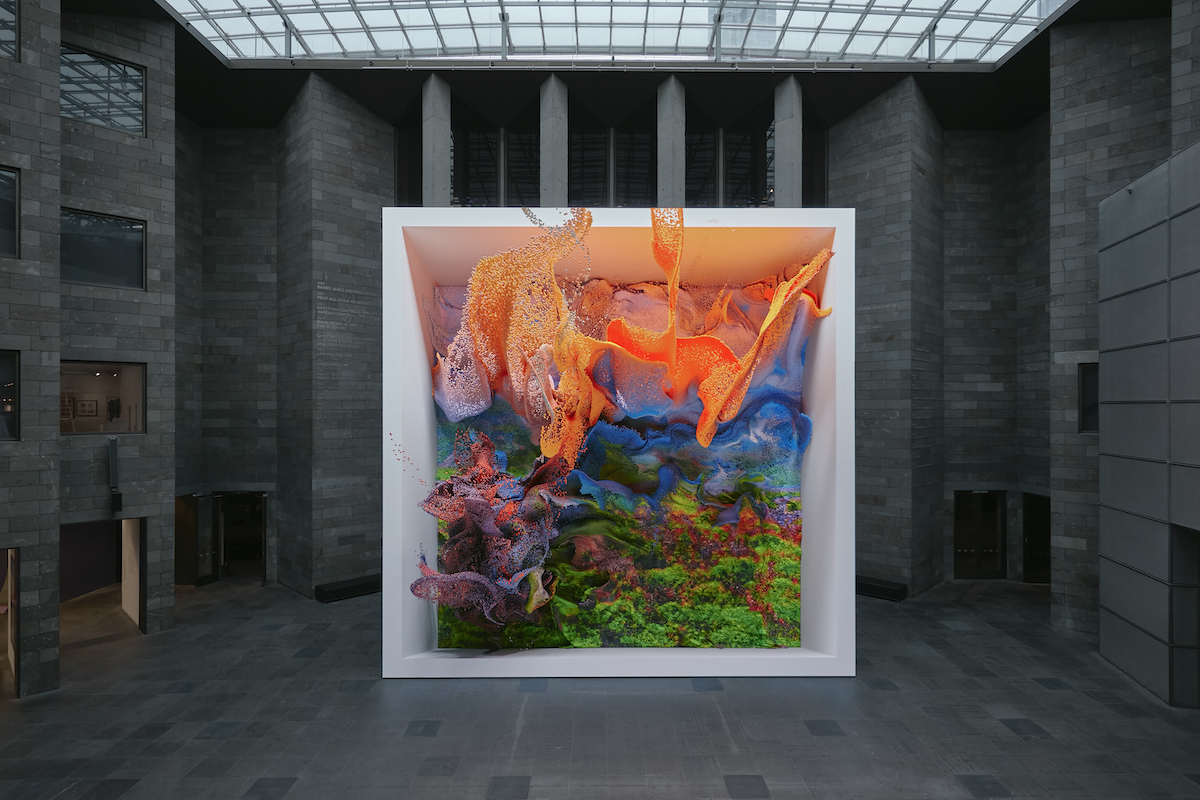
“Quantum Memories” by Refik Anadol (Photo: Tom Ross)
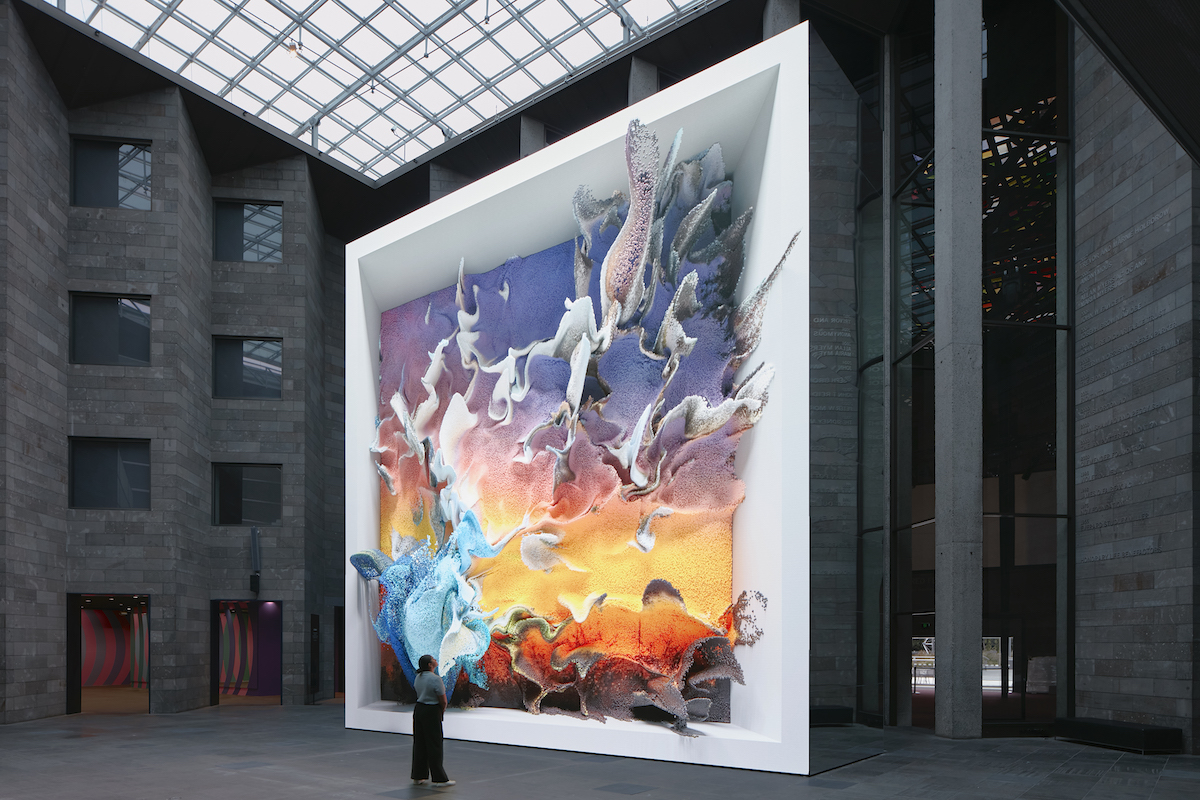
“Quantum Memories” by Refik Anadol (Photo: Tom Ross)
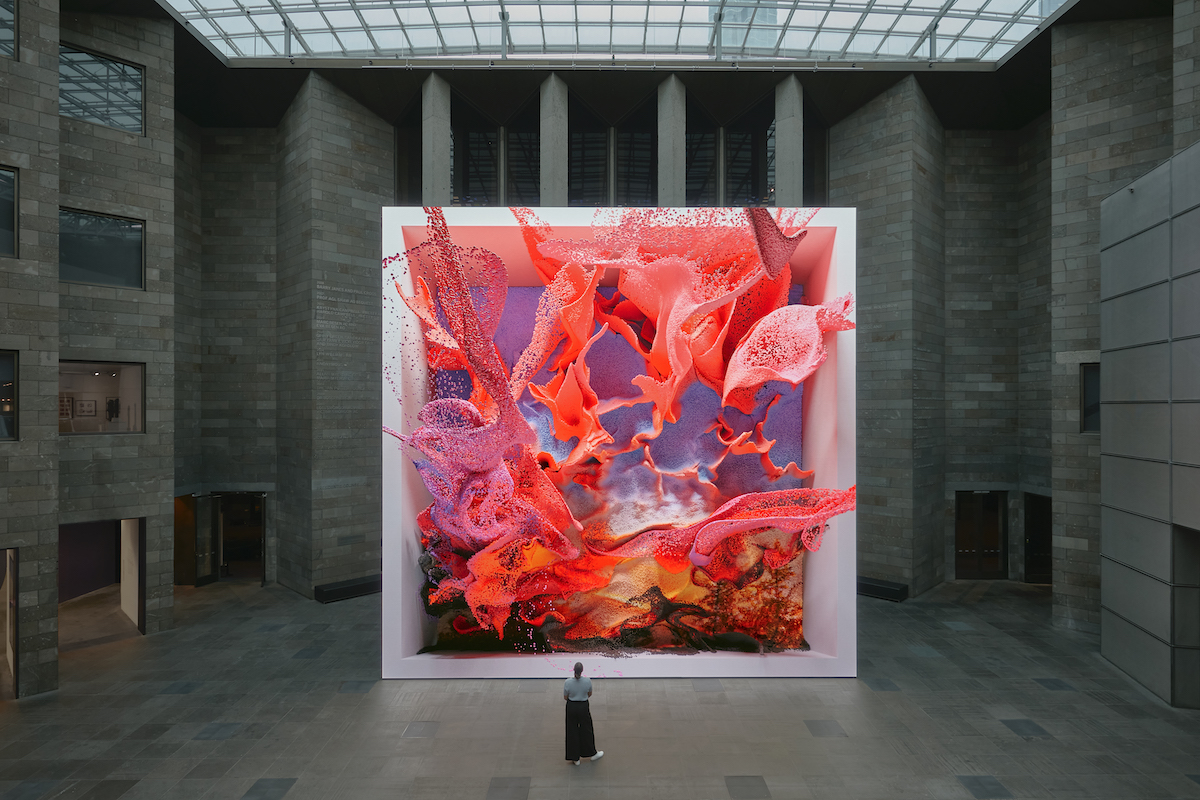
“Quantum Memories” by Refik Anadol (Photo: Tom Ross)
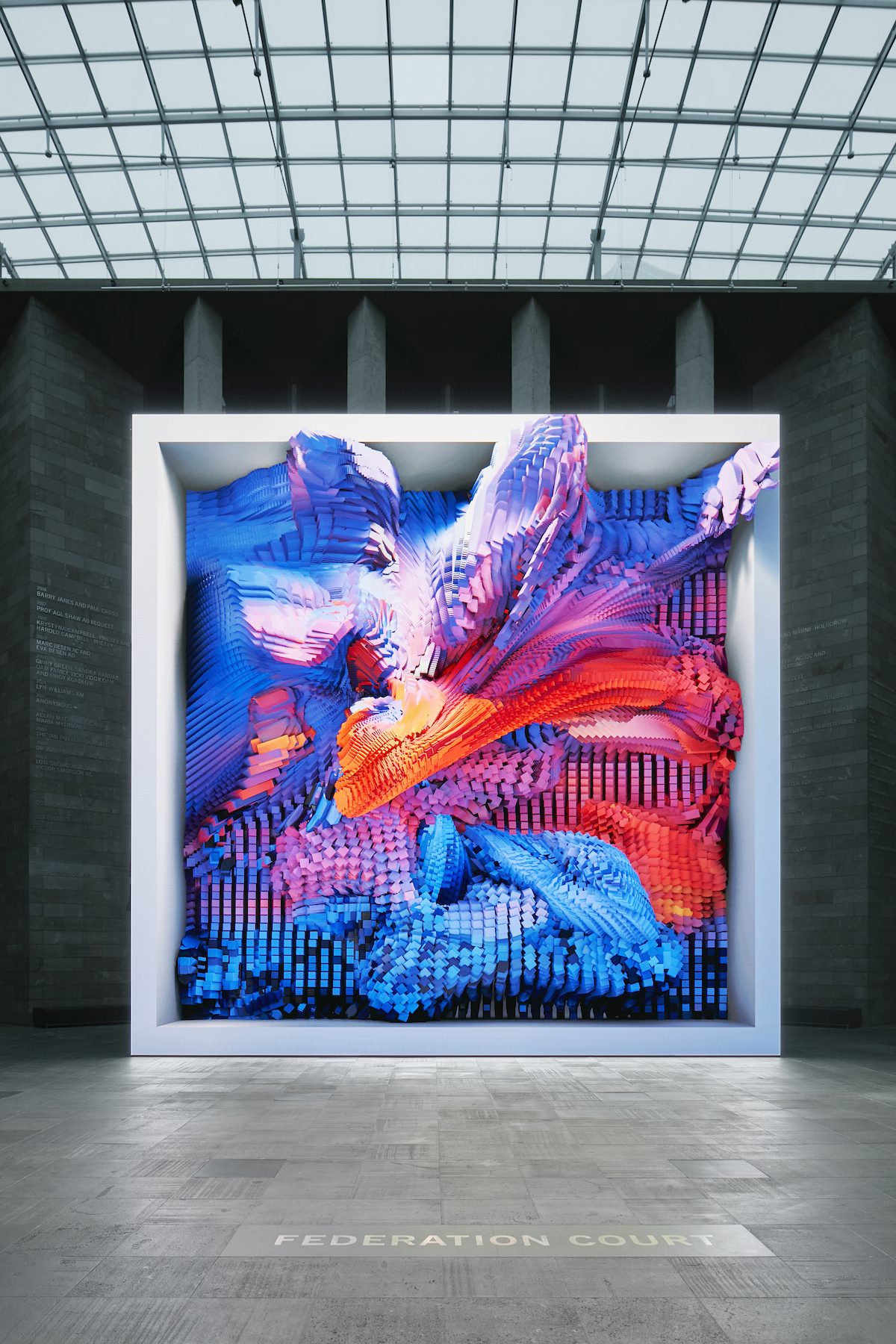
“Quantum Memories” by Refik Anadol (Photo: Tom Ross)













































































